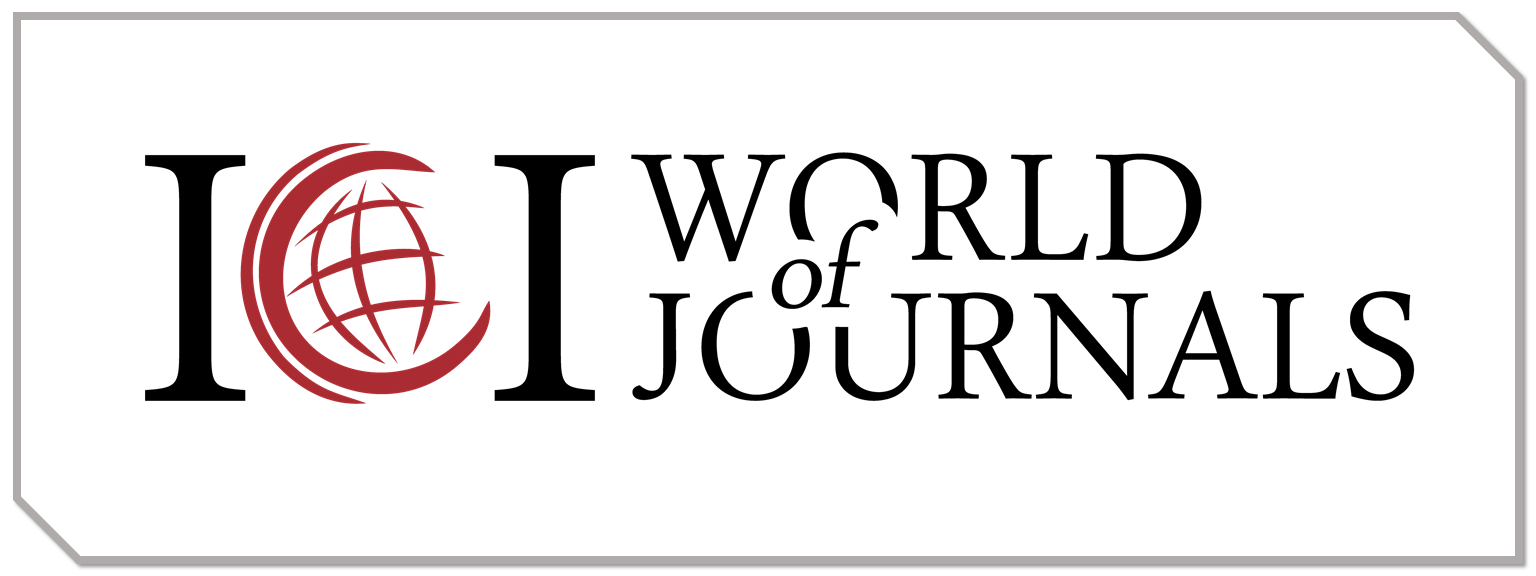Inventarisasi Jenis Tumbuhan Invasif Pada Area Terbuka Serta Pemanfaatannya di Kampus II UIN Sunan Gunung Djati Bandung
DOI:
https://doi.org/10.59581/konstanta.v2i1.2349Keywords:
invasive plants, inventory, use of invasive plantsAbstract
The growth of invasive foreign plants can change the structure and composition of species in the ecosystem, where the growth of native plant species will be unable to compete with invasive foreign plants which will then slowly experience extinction. Invasive alien plants have detrimental impacts on the environment and economy. The open area on campus 2 of UIN Sunan Gunung Djati Bandung is an area that is currently overgrown with various types and types of plants, where apart from plants planted deliberately, there are also invasive plants growing around it. The invasion process does not occur simultaneously or all at once, but rather gradually and begins with the presence of invasive species in an area of land, which then takes over the new habitat or territory. Invasive plants will become more dominant in their growing area with fast growth characteristics and large and densely developed roots. This research aims to identify types of invasive foreign plants, their distribution factors, and the use of invasive plants found in open areas on campus 2 of UIN Sunan Gunung Djati Bandung. The method used in this research is the exploration method combined with the inventory method by observing and taking pictures and then identifying using literature sources. The result was that there were 27 plant species, of which 12 were included in the invasive plant species in Indonesia and the dominant family was the Asteraceae family. Apart from that, this research also examined the use of invasive plants from various literature, one of the plant species studied was Putri Malu (Mimosa pudica L..) has been used as a traditional medicine in healing burns.
References
Agbede, T. M., & Afolabi, L. A. (2014). Soil fertility improvement potentials of Mexican sunflower (Tithonia diversifolia) and Siam weed (Chromolaena odorata) using okra as test crop. Archives of Applied Science Research, 6(2), 42–47.
Ambiga, Narayan, Gowri, D., Sukumar dan Madhavan. (2007). Evaluation of Wound Healing Activity of Flavonoids of Ipomoea Came Jacq. Ancient Science of Life.,45-51.
Arsyad, M. (2018). Studi Etnobotani Tumbuhan Obat Oleh Masyarakat Desa Sidorejo Kecamatan Tamban Kabupaten Barito Kuala. Jurnal Insan Farmasi Kuala, 1 (1): 85-95.
Azzaroiha, C., Husna, F. N., Rahayu, M., Salsabila, S. N., & Hanifah, U. N. (2022). Keanekaragaman Famili Asteraceae di Pematang Sawah Desa Ubung Kaja, Denpasar Utara, Denpasar. Jurnal Ilmiah Ilmu-Ilmu Hayati, 7(3): 199-206.
Bisht, V. K., & Purohit, V. (2010). Medicinal and Aromatic Plants Diversity of Asteraceae in Uttarakhand. Nature and Science, 8(3): 121-128.
Hasibuan, I., Sarina, & Damayanti, A. (2021). Pemanfaatan Gulma Titonia (Tithonia diversifolia) Sebagai Pupuk Organik Pada Tanaman Jagung Manis. Jurnal Agrocua, 19 (1):55-63.
Hussain, Javid, Zia Muhammad, Riaz Ullah, dkk. (2010). Evaluation of The Chemical Composition of Sonchus eruca and Sonchus asper. Journal of American Science, 6 (9).
Kandowangko, N. Y. (2019). Novri Y. Kandowangko: Prosiding Bioprospeksi Tabulotutu (Euphorbia hirta L) di Gorontalo. PROSIDING, 10(3257).
Lengkong, J., Haryadi, H., Tompodung, H., & Pareta, D. N. (2021). Uji Efektivitas Sari Daun Putri Malu (Mimosa Pudica L.) sebagai Penyembuh Luka Bakar pada Tikus Putih (Rattus Norvegicus). Majalah INFO Sains, 2(1), 1-12.
Lowe, S., Browne, M., and Boudjelas, S. (2008). 100 of the World ’ S Worst Invasive Alien Species.
Maharani, F. (2019). Uji Khasiat Minyak Tumbuhan Sirangak (Cyanthillium cinereum (L.) H. Rob) Terhadap Penyembuhan Luka Sayatan Pada Mencit (Mus musculus L.) Putih Jantan. Doctoral dissertation, Universitas Andalas.
Manurung, H. (2022). Diversity of medicinal plants in the campus Universitas Sumatera Utara. In IOP Conference Series: Earth and Environmental Science (Vol. 977, No. 1, p. 012012.
Master, J. (2015). Jenis-jenis Tumbuhan Asing Invasif pada Koridor Jalan yang Melintasi Taman Nasional Bukit Barisan Selatan. in: Seminar Nasional Sains dan Teknologi VI Lembaga Penelitian dan Pengabdian Universitas Lampung.
Pulipati, S., Babu, PS, & Narasu, LM (2014). Potensi fitokimia dan farmakologi Amaranthus viridis L. Jurnal internasional phtytomedicine , 6 , 322-26.
Puspitasari, D., Yulianty, & Lande, M. L. (2016). Potensi Tumbuhan Herba yang Berkhasiat Obat di Area Kampus Universitas Lampung. Prosiding Seminar Nasioanl Sains Matematika Informatika Dan Aplikasinya IV, 4(2).
Respitosari, N. G., Pujiastuti, & Mudakir, I. (2016). Kekayaan Jenis Tumbuhan Herba Angiospermae di Taman Huan Raya Raden Soejo Sub Wilayah Mojokerto. Saintifika, 18(2), 49–61.
Rugayah, E. A. W. & P. (2004). Pedoman Pengumpulan Data Keanekaragaman Flora. Bogor: Pusat Penelitian Biologi-LIPI.
Silalahi, M. (2019). Solanum Torvum dan Bioaktivasinya. Jurnal Ilmiah Ilmu Kesehatan: Wawasan Kesehatan, 5(2), 133-142.
Syahroni, Y. Y., & Prijono, D. (2013). Aktivitas insektisida ekstrak buah Piper aduncum L.(Piperaceae) dan Sapindus rarak DC.(Sapindaceae) serta campurannya terhadap larva Crocidolomia pavonana (F.)(Lepidoptera: Crambidae). Jurnal Entomologi Indonesia, 10(1), 39-39.
Thapa, S., Chitale, V., Rijal, S. J., Bisht, N., and Shrestha, B. B. (2018). Understanding the Dynamics in Distribution of Invasive Alien Plant Species under Predicted Climate Change in Western Himalaya. PLoS ONE 13(4): 1–16.
Tjitrosoedirdjo, S. S. (2005). Inventory of the Invasive Alien Plant Species in Indonesia. Biotropia 0(25): 60–73.
Tjitrosemito, S., Setyawati, T., and Susmianto, A. (2013). Invasive Plant Species Risk Management for Forestry Sector in Indonesia. in: Forest and Biodiversity.Manado Forest Reserch Institute, Manado 223–235
Tjitrosoedirdjo, S., Tjitrosoedirdjo, S. S., and Setyawati, T. (2016). Tumbuhan Invasif dan Pendekatan Pengelolaanya. SEAMEO BIOTROP, Bogor, Indonesia.
Waterhouse, B.M. (2003). Know your enemy: recent records of potentially serious weeds in northern Australia, Papua New Guinea and Papua (Indonesia). Telopea, 10(1), 488–485.
Widjaja, E., Rahayuningsih, Y., Rahajoe, J., Ubaidillah, R., Maryanto, I., Walujo, E., and Semiadi, G. (2014). Kekinian Keanekaragaman Hayati Indonesia . LIPI Press, Jakarta.
















